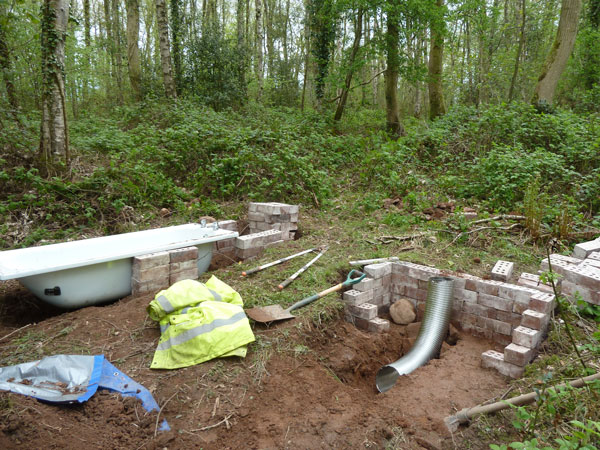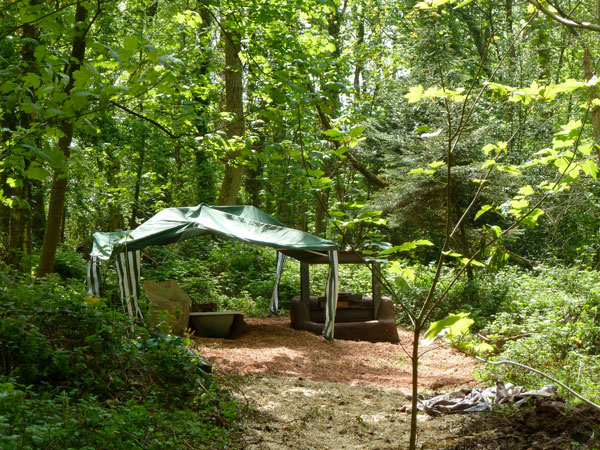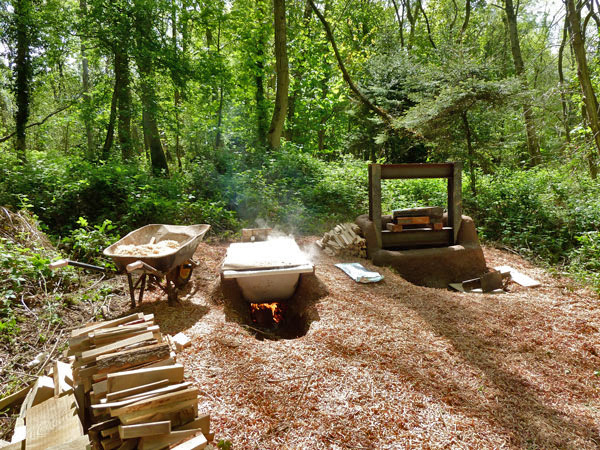The time had come to make that push toward a 3D form, something to demonstrate the potential of this woodland based process. I designed a component table leg that requires simular replicas and strength to function. Through my previous tests I knew there were all sorts of factors and restrictions that narrowed what form it could be. Firstly, the pressure needed to be even across the whole part, varying thickness of material would hinder any successful bonding. The fluidity of the material is obviously very static, so high or steep sides would be difficult to achieve. Sides would also not bond well because of the nature of the applied pressure being in only one direction. The tooling itself would have to improvised as anything CNCed and made to withstand these pressures and temperatures will cost a fortune.
Considering these factors, this table leg was designed and David Watson, my very awesome and helpful Blacksmith set to work fabricating a strong press mould.
Next, to scale up my Woodland Labortory into a Factory where I can boil up my shavings and compress my big mould efficiently.
Digging up sticky mud littered with rocks and stones is not much fun. It took a week to dig the holes for the bath fire pit, the compression press kiln and build the kiln walls. These walls were built with a tradtitional cob material; the reclaimed earth and clay was mixed with straw and used as a mouldable cement. Houses were traditionally built this way, providing breathable and insulating walls that could last for centuries, all from the materials around the site.
The weather gods were not on my side. I had one window of opportunity for Dom Bush, the filmmaker to film the process in good weather. In the run up to that day a freak flood, just in a 5 mile radius around my wood, descended and my newly dug holes were filled with water. The whole area was thick with mud everywhere. I had one day left to finish and get it fit for filming. Luckily Jonathan Leech, a local woodturner had a huge dumpy bag of Yew and Cherry shavings to hand that covered the mud beautifully and made The Woodland Factory useable. A close call, but a very happy turnaround.
